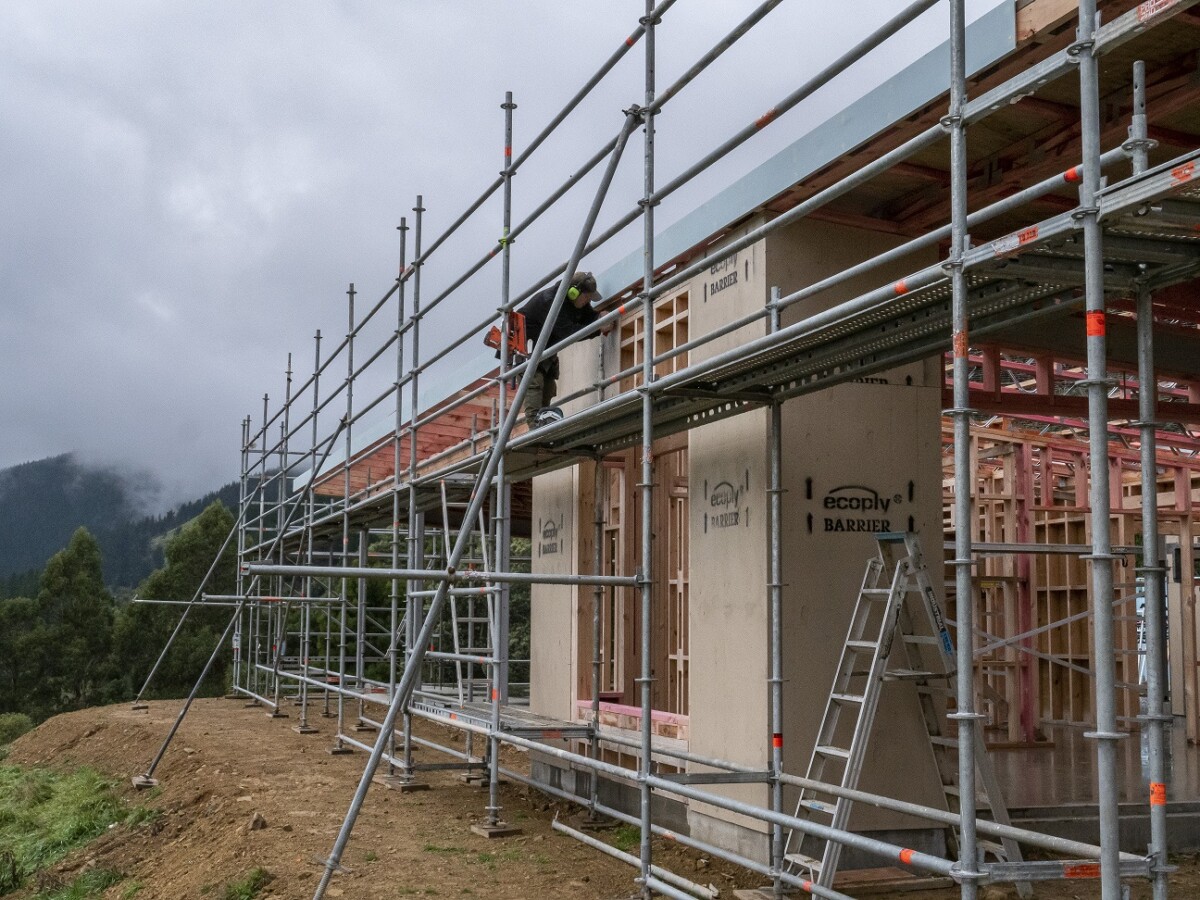Get edge protection right!
24 Jul 2023, Learn, Prove Your Know How, Safety

Edge protection is an important part of working safely at heights. A lack of edge protection can lead to life-changing injuries for workers and huge fines for businesses that fail to ensure the health and safety of workers
A recent instance of employers failing to ensure safe working conditions occurred in September 2020, when a tradie fell three metres from an unguarded second-floor void. The fall left the builder with a broken spine, and he now requires a wheelchair to move and can no longer work in the industry.
The companies responsible for ensuring edge protection was in place, Chunda Limited and JMK Homes Limited, were fined more than $500,000 between them. Chunda Limited was fined $258,918.92 and ordered to pay reparations of $61,464.20, while JMK Homes Limited was fined $175,000 and ordered to pay reparations of $46,386.20.
According to WorkSafe guidance, preventing falls should be actively managed, so people working at heights are kept safe.
Eliminating the potential of a fall can be achieved through safer design of working environments by installing walkways with handrails or permanent guardrails, or other forms of edge protection.
Not clued up on edge protection? Here’s some more information from WorkSafe to help you get up to speed.
What is edge protection?
Edge protection helps prevent people, tools and materials from falling. It needs to be used to isolate workers from a fall when the hazard of working at height can’t be eliminated, and comes in three different forms:
- A proprietary system bought ‘off the shelf’.
- Guardrailing or another physical barrier constructed from materials or components that form a guardrail or a physical barrier.
- Scaffolding in the form of temporary edge protection system for working at height.
A proprietary system must be:
- Installed by a competent person with suitable training in safe work methods.
- Installed according to the manufacturer’s instructions and specifications.
- For a pitch less than 25°, it must be rated.
For a pitch greater than 25°, it must be rated and have infill panels to prevent tools and equipment falling from the roof.
Guardrails must be installed by a competent person.
Scaffolding must be installed by a certified scaffolder or competent person, depending on the height of a scaffold. For more information, refer to WorkSafe’s Good Practice Guidelines for Scaffolding. The mid and bottom rail should be installed at 450mm intervals while the top guardrail should be installed 900-1100mm above where the roof line projection intersects the guardrailing.
When is edge protection required?
Edge protection is required on all exposed edges of a roof, including the perimeter of buildings, skylights, openings in the roof and other fragile roof materials. It also applies to openings and edges in floor areas.
According to WorkSafe guidance: “Edge protection is the preferred control for preventing falls from roofs on single-story buildings because it isolates multiple workers from the risk of a fall. If this is not practicable, then the use of scaffolding, mobile elevating work platforms or temporary work platforms are more acceptable alternatives.”
Edge protection may be temporary and erected during the course of construction, or it may be permanent – such as a balustrade preventing a fall from a mezzanine floor.
You need a plan
Employers need to have a plan in place for when edge protection is required, its installation and how to manage risks during installation. Edge protection should be installed as early as possible in the project, so it can be used throughout all stages of the build.
Prior to installation, a task analysis and a hazard analysis should be undertaken to identify hazards and understand which controls can be implemented to prevent harm during the erection process.
“Construction and installation must take into account the forces that are likely to be applied to the edge protection as a result of the work undertaken,” says WorkSafe. “Do not install it from the roof. Inspect edge protection regularly, especially after a storm or other occurrence that could affect its ability to prevent falls from height.”
It’s important to keep in mind that any work that could result in a 5m or more fall, the work must be notified to WorkSafe.
Part of a broader objective
Installing edge protection is part of a broader objective to keep builders safe while working from heights. There are several ways to isolate or minimise the potential for harm resulting from a fall, of which edge protection is one.
Other controls available are:
- Scaffolding.
- Mechanical access plant.
- Safety mesh.
Register to earn LBP Points Sign in
1 Comment
Leave a Reply
You must be logged in to post a comment.




great